Dr Joshua Szanyi, Dr Tim Wilson, Hassan Andrabi , Jessie Zeng, Professor Tony Blakely, Samantha Howe and Shania Rossiter
Despite everyone wanting 2023 to be the year we go ‘back to normal’, the COVID-19 pandemic is still with us, and with open borders, increased travel and new variants appearing, decision-makers face further challenges in deciding what policies to implement, and when, in the face of an uncertain future.
In the early days of the pandemic, it was easier in many ways to know what to do – try to protect as many people from being infected as possible. Now things are much more complicated. COVID-19 remains a significant threat, but it is just one of many serious public health and economic issues vying for our attention.
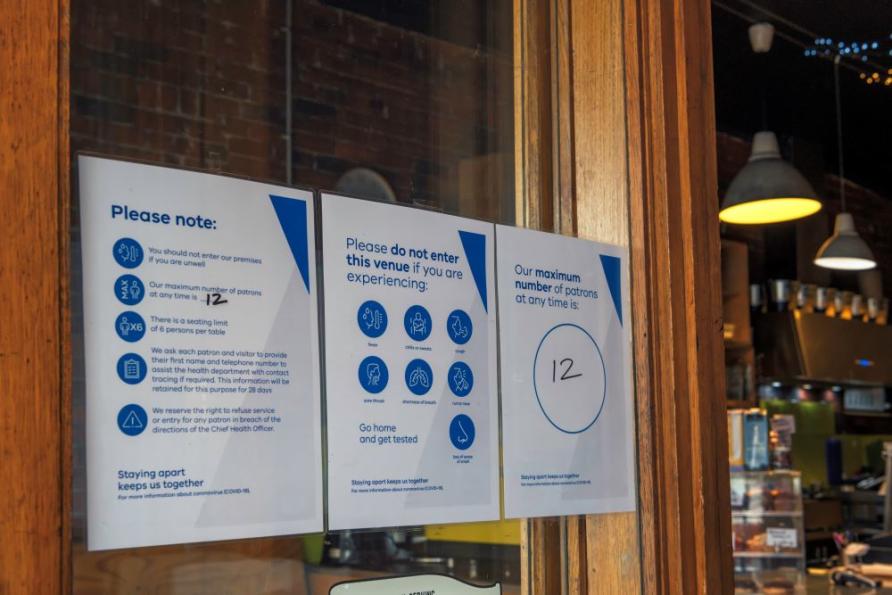
As our options for managing COVID-19 increase, it is essential to think about which interventions offer the best use of our limited resources, are cost-effective and allow society to function as normally as possible.
Being structured, transparent and upfront about the trade-offs being made when we implement public health interventions is important not only in ensuring we are doing the most beneficial thing for society but also in building public trust.
This transparency and maintenance of trust are crucial to a successful societal response to COVID-19.
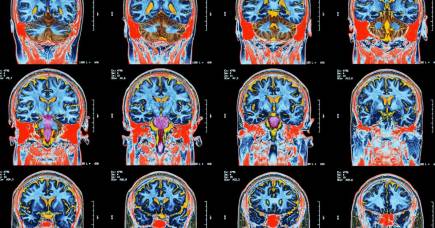
One approach to thinking through these complex questions in a structured way is to use simulation models, which are tools that allow us to weigh up the costs and benefits of many hundreds of scenarios simultaneously.
What did we look at?
In a paper published in The Lancet Regional Health – Western Pacific, we modelled 104 pandemic policy packages that could be applied in the state of Victoria through to late 2023. Our models determined the health gains, costs and cost-effectiveness of different public health and social measures – like lockdowns and increased mask wearing – and various vaccine scenarios including boosters for all or just the elderly.
We modelled these policies across eight possible new variants the virus may throw at us, giving us almost 1000 future possibilities to explore.
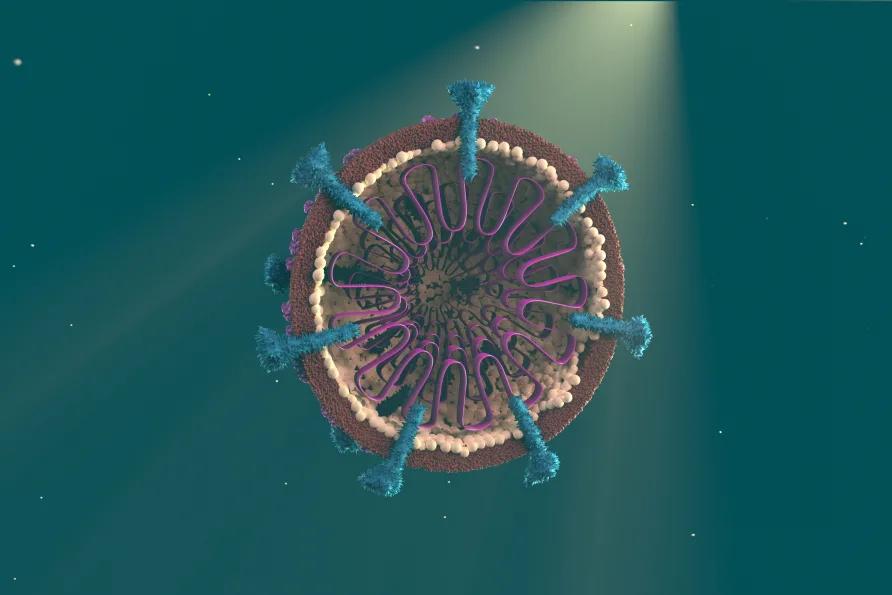
Using an agent-based computer simulation, we were able to estimate expected infections, hospitalisations, deaths, the impact of long COVID, pressure on our hospitals, and costs to our healthcare system and society in Victoria over the 12 months from October 2022 for each scenario.
We could then rank policy options, to see which was ‘best’ at minimising illness and deaths, the burden on hospitals, and costs to both the health sector and society.
And you can try it yourself. An accompanying online tool allows users to easily select specific future variants and reflect differing value perspectives to see how this changes optimal policy.

We think this is one of the most comprehensive models published internationally because it considers both acute and long COVID, comprehensively details waning immunity from vaccination and past infection, weighs up both the benefits and costs of policies and confronts the reality that SARS-CoV-2 will continue to evolve as our immunity and strategies to fight it continue to change.
What did we find?
First, no matter what policy we implemented in the model, we saw high numbers of infections and deaths in Victoria during the 12-month period across all future variant scenarios, with an average of 4.2 million infections and 8100 deaths.
Second, more stringent public health and social measures (having lower thresholds to trigger things like working from home) reduced infections, hospitalisations, and deaths by approximately 25 per cent each, and also reduced the burden of long COVID.

With a high-severity new variant, relaxed public health measures saw 14,000 deaths over 12 months compared to 8600 deaths with more stringent public health measures.
Predictably, however, while saving lives, the imposition of restrictions – especially lockdowns – was associated with greater economic costs to society.
Third, an ongoing vaccination strategy on average reduced deaths by almost 30 per cent compared to no further vaccination. Vaccination also carries the additional benefit of allowing less time with restrictions – therefore, in our model vaccination usually saved society money, despite the costs associated with buying and distributing vaccines.
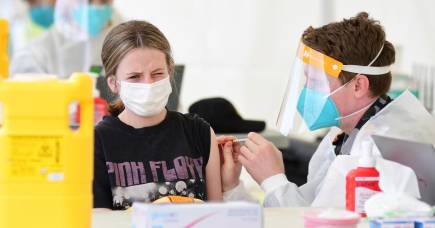
Finally, we looked at what happens when we increased the overall proportion of people wearing masks or increased the proportion of mask-wearers using N95s only during infection surges. Interestingly, we did not see much of a health gain.
This should not be interpreted as evidence that high-quality masks do not work – they do. It instead shows that if we increase mask-wearing after a surge in cases is already happening, the cat is out of the bag. Because infection will spread quickly in households, it’s therefore too late for masks to have a major impact.
In other modelling we are undertaking, we find that if we increase mask use all the time as opposed to only during serious surges, we do see lower infection, hospitalisation and death rates.
Overall, when we considered costs, illness, hospital system pressure and deaths, the lower thresholds for escalating restrictions consistently performed better despite their economic trade-offs, in combination with vaccination strategies that targeted all individuals.
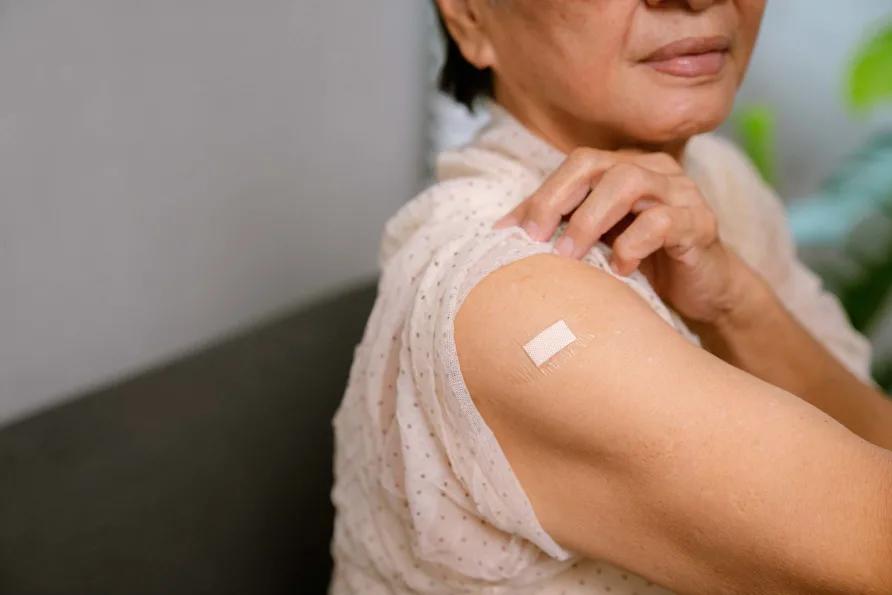
How can this model help steer us through the pandemic?
It is important to remember that this is a simulation model – not a crystal ball. All models have limitations. In ours, for example, we only allowed one new variant to emerge after Omicron BA.4/5, and only modelled a limited number of policies. Changing or adding interventions would likely change our results.
The value of a model like ours is that it provides a framework for systematically thinking through decision-making in a pandemic, including cost-effectiveness, where many competing priorities make this process very complex.
A regularly updated model that incorporates the latest scientific evidence and reflects the values of our society, can act as a crucial piece of the puzzle to help us navigate this (and the next) pandemic.
What’s your strategy for staying as safe as possible through autumn and winter? Are vaccination and masks part of that strategy? Why not share your thoughts in the comments section below?


